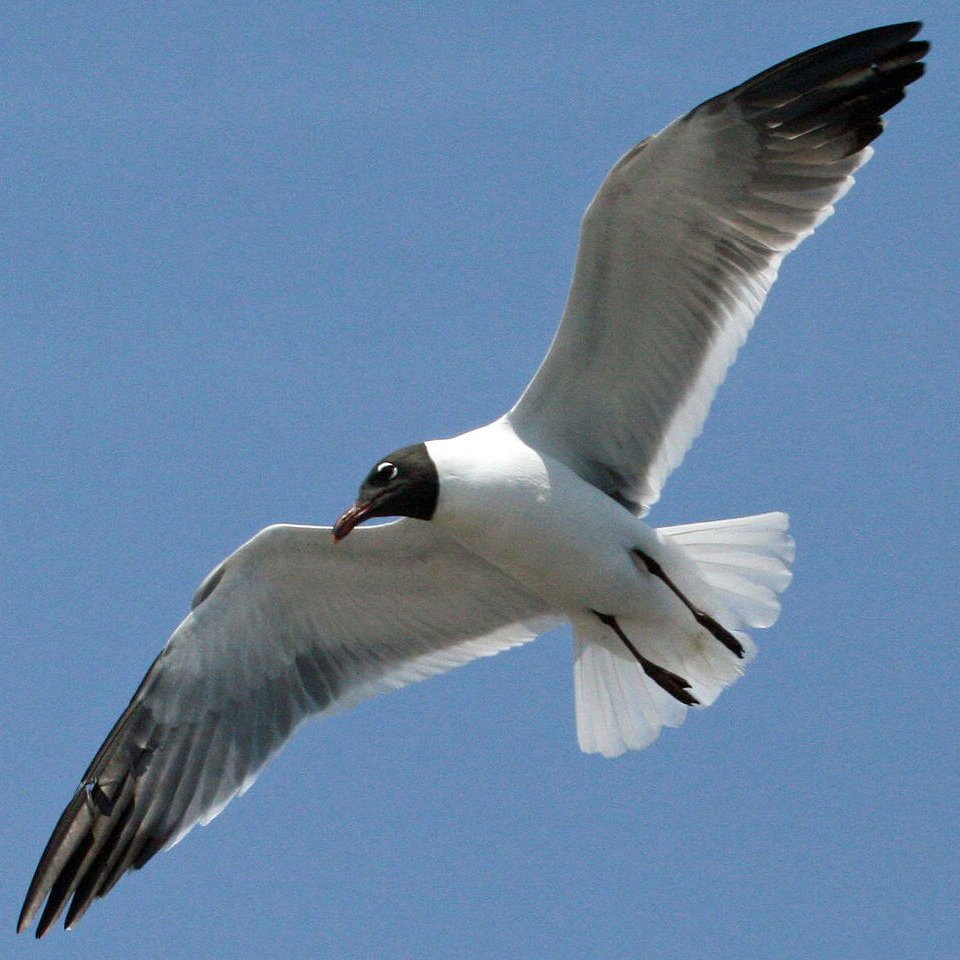Seagulls: if you frequent Ocean City, or pretty much any beach around the world, you probably hate them. If you’ve ever stayed at a hotel on the boardwalk, you might have found yourself awake before the sunrise thanks to their incessant squawking, or if you’re like me, they might have dropped you a surprise from the sky, like, three times at this point. They are the Ocean City Seagulls.
But as much as we complain about them, we actually need gulls, especially in a town like Ocean City that’s overrun with litterbugs. Seagulls–which, by the way, isn’t their scientific name but more of a catch-all for ocean-dwelling birds of the laridae family–are scavengers. In fact, the Greek translation of laridae is “ravenous sea bird.” Anyway, in between the boardwalk’s early-morning cleanings, seagulls scavenge up small, dead animals and organic trash (i.e. the errant Thrasher’s French fry) and keep the boards at least a little cleaner than they would have been otherwise.

Why are seagulls so loud?
That’s probably the biggest question for most understandably annoyed beach-goers (the exception being myself, whose biggest question is, ‘why is my head a moving target???‘).
Gulls communicate through sound, and the more you get to know their squawks, the better you can identify what in the world it is they’re screaming at us/each other. There are short calls and long calls, choke calls, anxiety calls, mews, mating calls, attack calls and departure calls. Their mating call is a distinctive ‘ew-ew-ew’ that you’ll hear frequently during the springtime, and samples of their various other calls can be found on Youtube if you want to be more specific next time you tell a seagull to shut up.
Baby seagulls hatch between early May and late July and gulls are very protective parents, which is one reason why they’re so exceptionally loud during the summer.
If a family of gulls seems to be nesting right outside of your condo or hotel room and waking you up with their squawks every morning, don’t just plug your ears and go back to sleep. Because gulls can spread disease, it’s best to keep them from nesting at your residence. First, make sure the outdoor area is clear of food and other trash and that lids are closed tight over garbage cans. If you can, employ a scarecrow of sorts in the space they’re nesting in–gulls especially stray away from bright, owl-like faces. Irritating noises, lights and smells are also a seagull deterrent, and if all else fails, a spray bottle of water is a humane way to shoo them off.
Can I feed them?
Yes! But please don’t.
If you feed a fry to one gull, you’ll end up with a swarm. You’ll annoy your neighbors. And you’ll make a big mess. If you absolutely have to feed the seagulls during your stay in Ocean City, do it in the early morning or evening when the beach is empty.

Delmarva gulls
This isn’t a comprehensive guide to every gull species on Delmarva (of which there are about 20), but a few of the species you’d be likely to find in Ocean City or on Assateague.
California gull
These gulls are more common in the pacific, but they can be found on Delmarva, too. These birds are white with a yellow bill and gray wings, with a wingspan of about 51″. They prefer eating fish, insects and eggs, but are also known for scavenging garbage and following farmers as they plow to catch the stirred-up insects.
Franklin’s gull
These gulls are small, with a wingspan of about 35″. They have black heads with white rings around their eyes, orange bills and gray wings with white borders and black tips. They’ve been spotted in Ocean City, but typically around lakes and marshes rather than the ocean.
Lesser black-backed gull
This gull is the one you’re most likely to see on the Ocean City beach and boardwalk, with its white head and underparts, gray wings, orange bill and a large wingspan of 53-59″. This gull species is actually most common in European countries, but their population is continuing to grow rapidly in North America.
Laughing gull
You might be able to guess where this gull gets its name from. The laughing gull is a medium-sized bird with a black head, gray wings and a dark red bill. They make large nests of grasses and seaweed along the shoreline, and have a wide, varied diet that consists of insects, fish, shellfish, crabs, garbage, boat refuse, Thrasher’s fries, mozzarella sticks and scraps they steal from pelicans and other seagulls.


